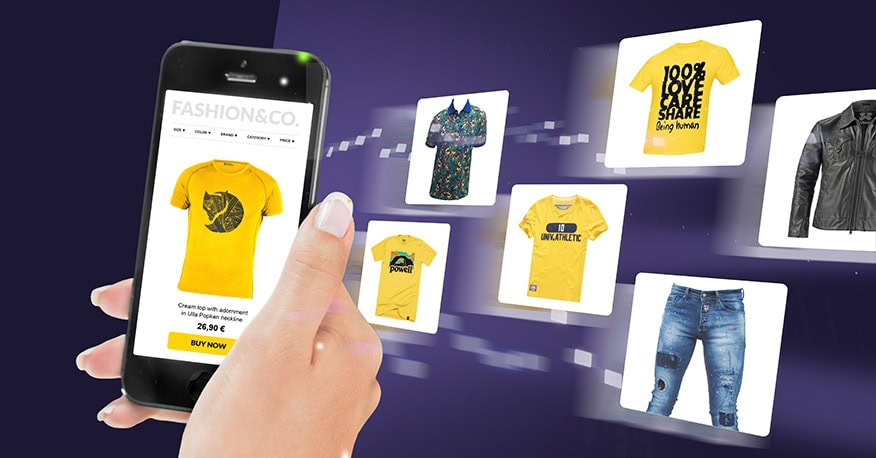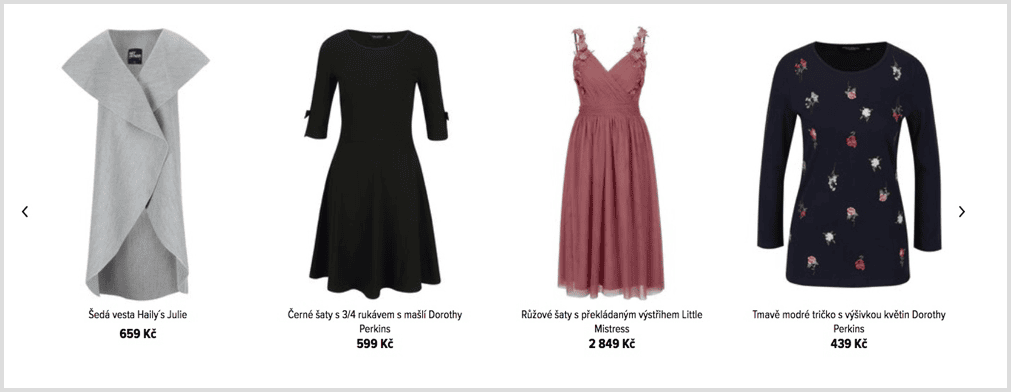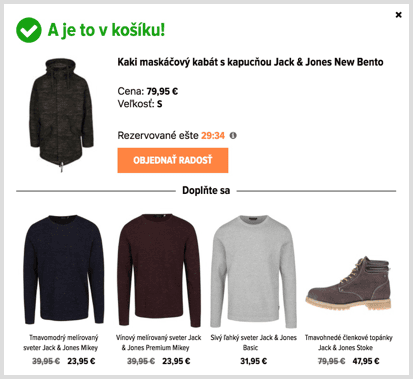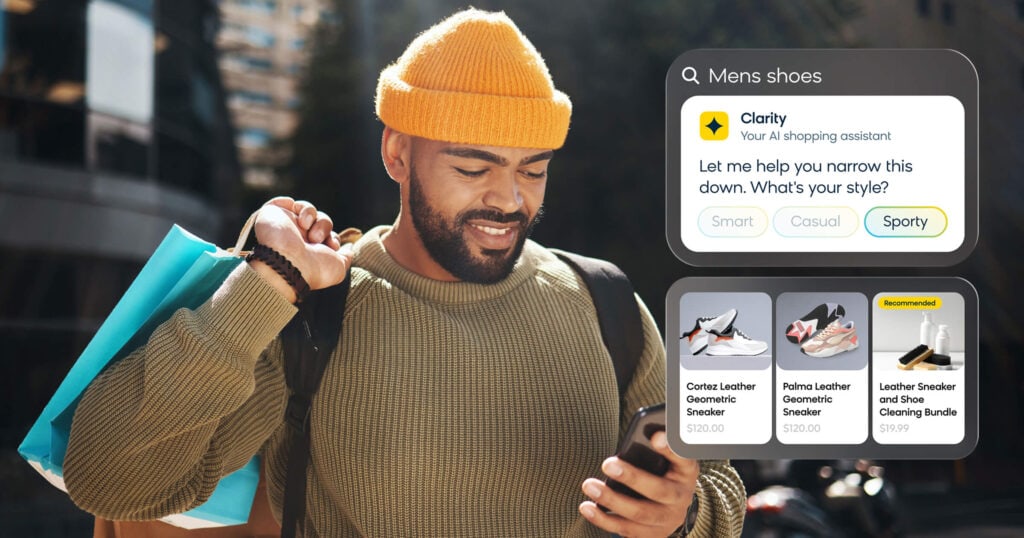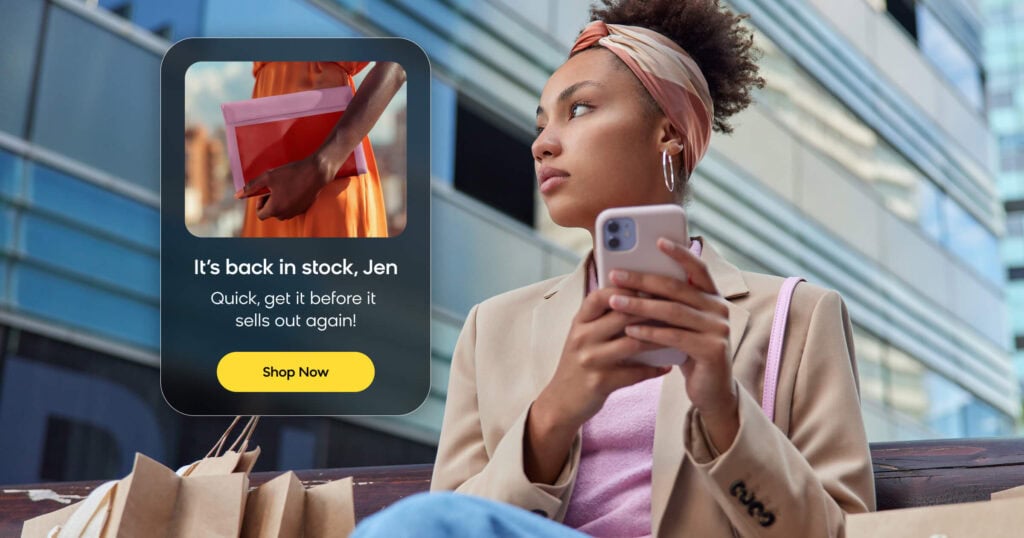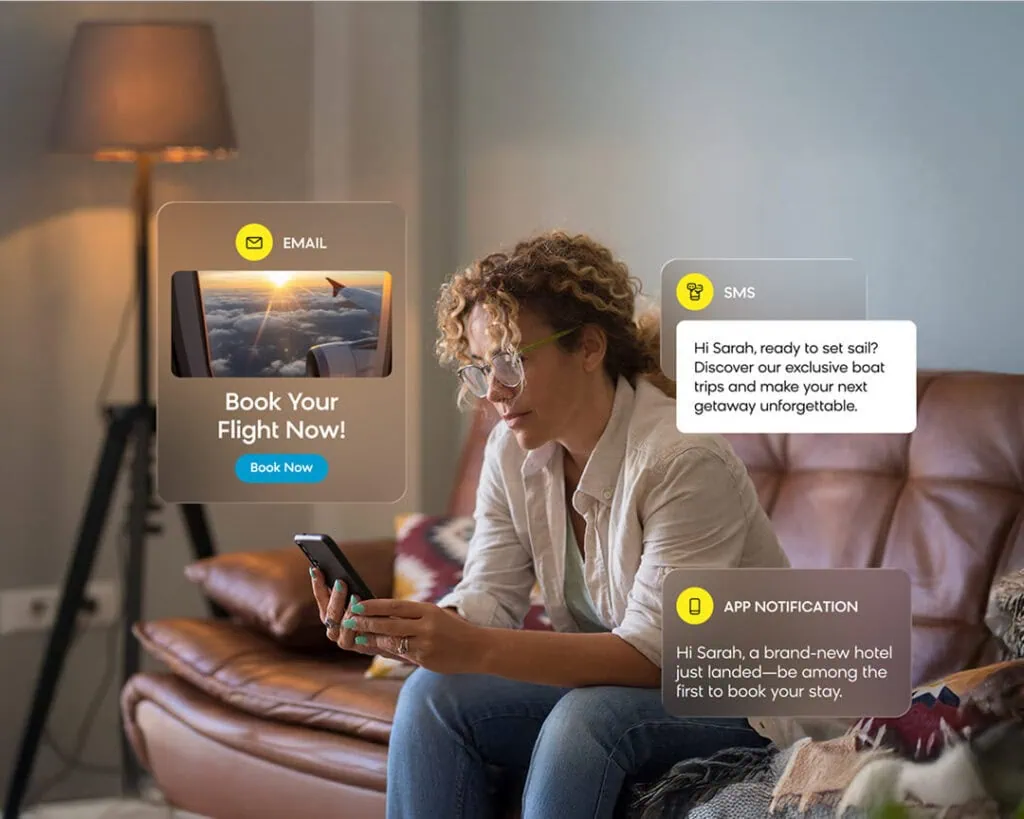Personalized content is currently expected by the majority of ecommerce customers. All the most recognized brands are utilizing recommendation engines to engage their customers with content that is relevant and valuable.
Netflix – suggests movies and shows based on the content you’ve previously watched
Spotify – recommends songs based on your listening habits
Amazon– personalized recommendations on the website and via email
Reducing the exposure to information overload can bring your business a competitive advantage, increase the loyalty of your customers and help them make better purchasing decisions. Personalization is using only customer relevant information and behavioral data to find and suggest the best possible fit.
The personalization efforts that ecommerce companies are investing into are paying off. Amazon attributes 35 percent of all their purchases to recommendations and Netflix estimates that 75 percent of what people watch is driven by these algorithms.
Although recommendation algorithms are not something you would like to read about before going to sleep, it is good to have a basic understanding of how these systems work so you can understand the forces hidden behind.
Today, there are two main models which are fueling most recommendations.
Content-Based
Recommendations are based on the similarity between items (e.g. Similar Items).
Products are recommended using visual or contextual similarities.
For example, if you are browsing green winter jackets, this algorithm will suggest other jackets sharing the same properties (e.g. category: winter jacket, color: green). The advanced technology of Natural Language Understanding can be used to recommend products sharing similarities in description (unstructured text).
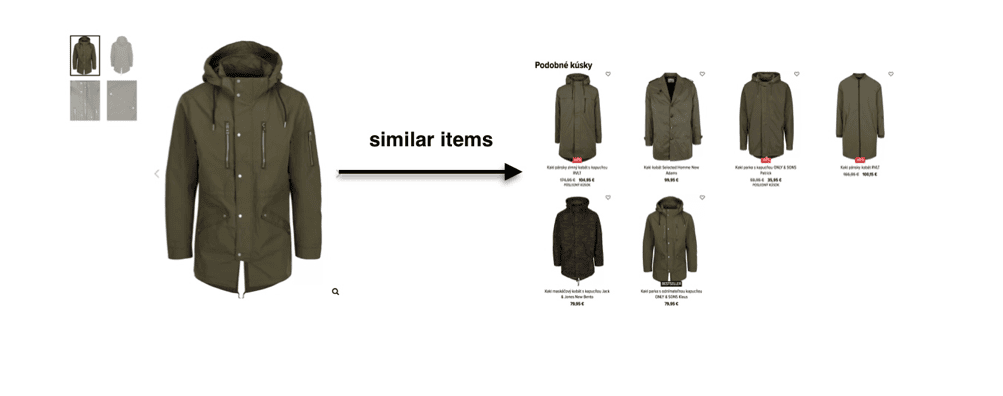
Product Detail Recommendations – content-based
Collaborative Filtering
Recommendations are based on the similarity between users, taking into consideration their view/purchase history (e.g. Customers who bought this item also bought).
For example, if user A viewed items 1, 2, 3 and user B viewed items 1,2, this model will recommend item 3 to user B.
Homepage Recommendations – collaborative filtering suggests special items for you
Now, let’s return to the point. There are many recommender solutions which are helping businesses to immediately engage their customers with personalized content. The downside of these solutions is that without a proper analysis, it is difficult to establish which recommendation engine is the best for your business.
The other thing is that even if you have the right recommendation model, its performance may change over time. Without proper surveillance, you may experience a deterioration in engine efficiency, which will negatively impact your revenue and customer loyalty.
So the question is, how can you utilize recommendations to their full potential? The first step is the right mindset. A personalized experience is not something which is built overnight. It is a continuous effort of your business to create a solid relationship between your brand and your customers. Such a relationship should not only be established but also nurtured so it can continuously improve.
Are you wondering where to start or how to approach this quest? Here are a few hints that will set you on the right track,
- seek advice from experts on which model is the best for your business,
- pick the most suitable recommendation provider,
- constantly check the performance of the selected model to maximize profits and customer loyalty.
To sum it up, a recommendation system without additional services is a good strategy to achieve your short-term goals. If you prefer a solution enabling you to constantly improve the customer experience, you will need a complex package of additional services.
Now you are probably aware of the direction this discussion is heading, but maybe you are curious what the differentiating factor is that Bloomreach can bring to your business.
The first one is that Bloomreach can help you regardless of your decision. The second one dwells in the way in which we deliver Recommendations. In Bloomreach, you will not get a one-size-fits-all recommendation system but rather a personalized solution which can be used either directly on your web or via email.
Businesses are different, and what works in the fashion industry may not work in travel, therefore, our data scientists will consult with your team in order to understand your business and design a customized recommendation engine tailored to your needs.
After the deployment, the engine is continuously monitored to ensure the best possible performance. This is ensured by using our self-improving algorithm enabling us to constantly alter the model settings to create the best user experience.
To explain this “self-improving” algorithm; except for the deployed recommendation model, some customers are served different versions of the model.This allows us to continuously test the performance of several models at once and always direct the majority of the traffic to the best performing one.
All these operations require a lot of computational power, therefore, we use Google Cloud Platform to ensure our recommendation engines are fast, scalable and secure.
Bloomreach Recommendations will keep your business growing, enabling you to sell, up-sell and cross-sell your customers.
Example: Up-sell using collaborative filtering
Once any item is added to the shopping cart, Bloomreach will use the collaborative filtering model to recommend items which other users browsing the same item are also viewing/browsing.
This enables you to up-sell your customers just before they finish their purchase journey.
Growth in your revenue is one side of the coin, the other side is that by delivering only the most relevant content you will keep your customers engaged, loyal and happy by saving their time and acting as a trusted advisor throughout the purchase process.

